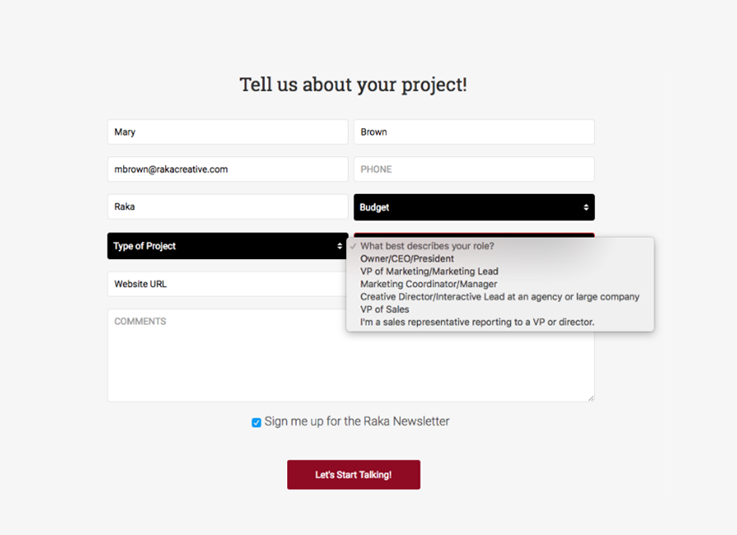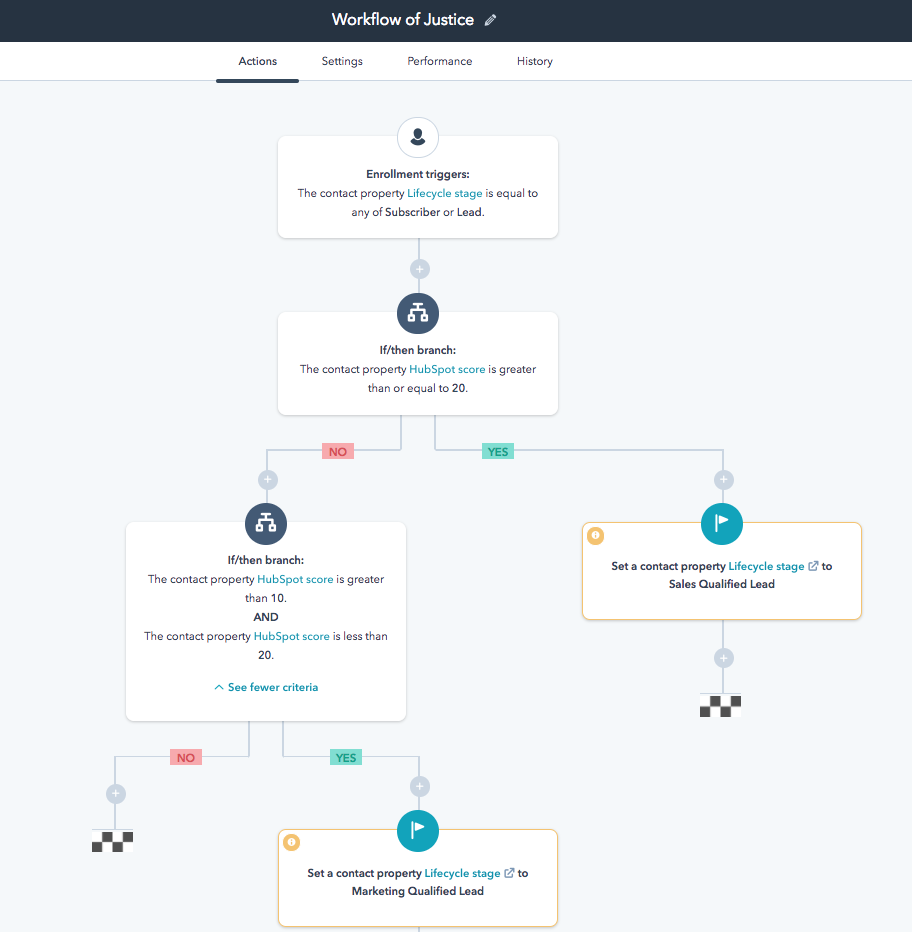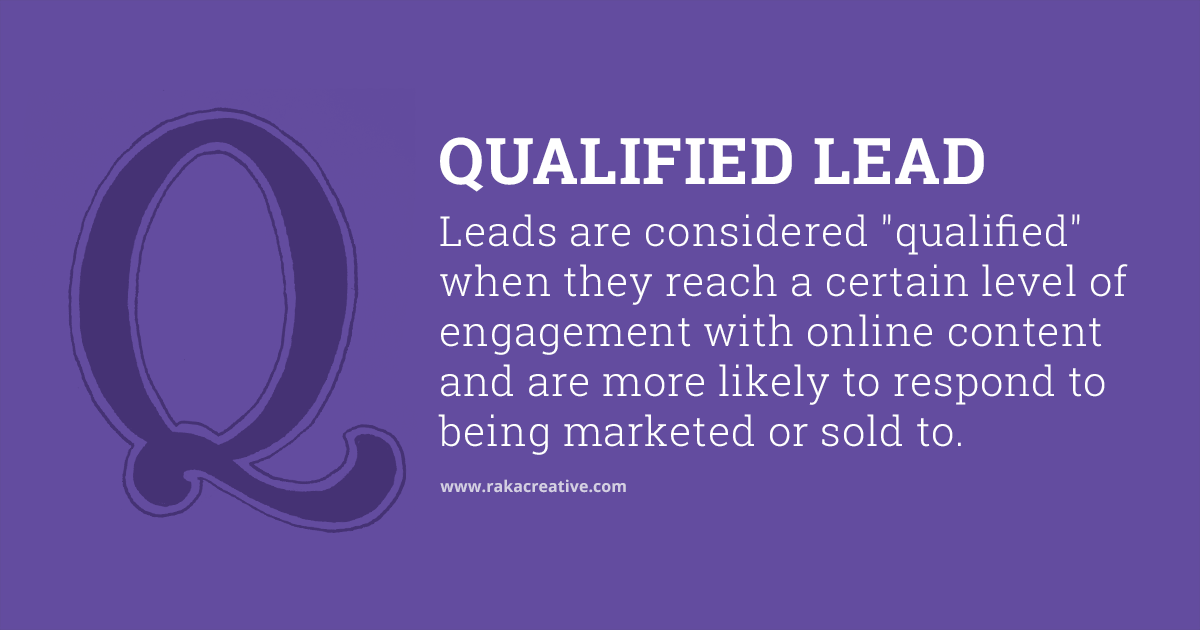As a Diamond HubSpot solutions partner, we work in the tool every single day for clients across all different types of industries. Our experience allows us to offer comprehensive HubSpot audits to evaluate how well or poorly the platform is being used, as well as recommend how it can be used better.
And we’ve found that people can always be using it better.
HubSpot offers a ton of functionality, which means there are a lot of moving parts to keep up with and a lot of places where a company can fall down. Here are five of the most common mistakes we find when performing a HubSpot audit:
1. You’re not using the buyer personas tool
It’s not enough for a business to simply know its target audience(s). Your buyer personas should inform your inbound marketing, sales, customer service—everything. And that’s probably not happening if they’re rotting in a PDF somewhere on your server.
Putting your personas in HubSpot will allow you to use them as a tool. They can be used to segment contacts for email nurturing, assign them to workflows, organize reporting data, and more. HubSpot will actually create a contact property (named “hs_persona” in properties) for you when you set up your personas.
Now, contact properties can also be used as form fields, but when it comes to using your personas in forms, we recommend tweaking them a little, starting with changing the outward-facing labels to be more digestible for potential clients and customers. You might call your persona “CEO Carrie” but CEO Roger Bartholomew McClancy III probably won’t know that’s how he should identify himself. So you tweak the external option to “CEO of a company or organization.” Make sense? Here is Raka’s contact form:

By including this simple form field and making it mandatory you’re ensuring that everyone who contacts you gets placed in a persona bucket.
Still not seeing the value? Imagine you want to create three email marketing campaigns with three different messaging targets: CEOs, middle management, and administrators. If your contacts are segmented into smart lists by persona, selecting your recipient list is as easy as typing in “CEO Carrie” or “Management Mike” and clicking “Include.”
2. Your forms are open
Forms are a crucial lead generation tool you need to use on your website. They allow you pull in even more information from the people visiting your site, whether they’re just entering the funnel and interested in an offer or are ready to make contact and learn more about your services.
You’ve already read about using a persona dropdown on your form to segment contacts. That’s just the beginning. You can collect all kinds of data points—industry, budget, type of project—to use for automation. The key is priming people to give you the information you need by structuring your forms to ask pointed questions and giving them answers to choose from.
Considering how clean and efficient this is compared to leaving your form fields open, it’s surprising how many people don’t take advantage of the functionality. When we ask clients about why they allow people to type in their own answers, the response is often something like, “We don’t want to leave anything out.”
Is that worth the mess, though? Chances are, the people you’re targeting only work in a few key industries and job titles. When you outline them in advance you can attach workflows to the data points for lead scoring. Leave things to chance and you’ll inevitably have someone write answers like:
Q: What best describes your role? A: Master and Commander
Q: What is your budget? A: Chicken nuggets
Don’t waste your time. Chicken nuggets are fine but you deserve better.
3. You don’t use naming conventions for landing pages, lists, emails, CTAs…
You’ll waste a lot of time if your HubSpot account isn’t organized.
All too often when we start an audit we end up wading through pages and pages of poorly named landing pages, lists, emails, CTAs, and workflows. We’ll look to analyze how landing pages are performing but there’s no way to tell them apart from thank you pages without clicking into each one. Or we’ll check to see if there are lists for personas or funnel stages and see names like “Updated January 2018” or “Jen’s Contacts.”
This is bananas.
Every task you take on in HubSpot will be infinitely easier if you’re able to clearly see from an asset’s name whether it’s a landing page or thank you page, an email CTA or a blog post CTA, a list of MoFu contacts or a list of ToFu contacts. And you can pick whatever you want for naming conventions. Just be sure to stick with your choices once they’re made.
4. You haven’t set up lead scoring
Nearly all of our clients say at some point, “We want more leads!” That makes sense because leads are good. But collecting leads is only the start of truly intelligent inbound marketing. You need to nurture those leads and that means knowing who you’re talking to.
Is the lead just at the start of his search or is he ready to buy? Did she download your whitepaper because she’s a college student writing a paper on the subject or is she a potential customer? The answers to these questions will greatly influence the time you spend nurturing these leads and the type of messaging you use to reach them.
Lead scoring can get you those answers. HubSpot’s robust and intuitive tool allows you to assign point values to leads based on actions they’ve taken on your site, data they’ve provided (often via form submissions), and any other trackable engagement (think social media) with your brand. The points add up to a HubSpot score, which is used to move leads through your sales and marketing funnels.
If lead scoring sounds like a big undertaking, well, that’s because it is. But there are plenty of guides floating around online, including this excellent blog post from Kelly Glista, a senior strategist at Raka.
5. You aren’t using the lead scoring you set up
Nothing gives us that you-just-handed-me-a-beautiful-balloon-and-then-popped-it feeling more than seeing thoughtful lead scoring set up in a HubSpot account and then discovering it isn’t being used. It’s heartbreaking because we know exactly what kind of effort (namely, math) goes into creating lead scoring.
Don’t waste that effort. Put those HubSpot scores into action using workflows.
Workflows are what set the lifecycle stages that correspond with specific HubSpot scores. Here’s an example of what an MQL/SQL workflow can look like.

The work involved is well worth it. Once you’ve set up lead scoring and lifecycle stage workflows, HubSpot’s automation will take over qualifying your leads, saving your sales and marketing teams a lot of valuable time.
Worried? Don’t be!
Please don’t read this post as an indictment for HubSpot abuse. Even if your company needs to improve in all five areas on this list, that doesn’t mean you’re unfit to use the platform. I was quite serious when I said everyone can be using the tool better. That’s why we perform HubSpot audits—to help companies strengthen their marketing no matter what level they’re on.
Sound like something you might be interested in? We hoped so.






